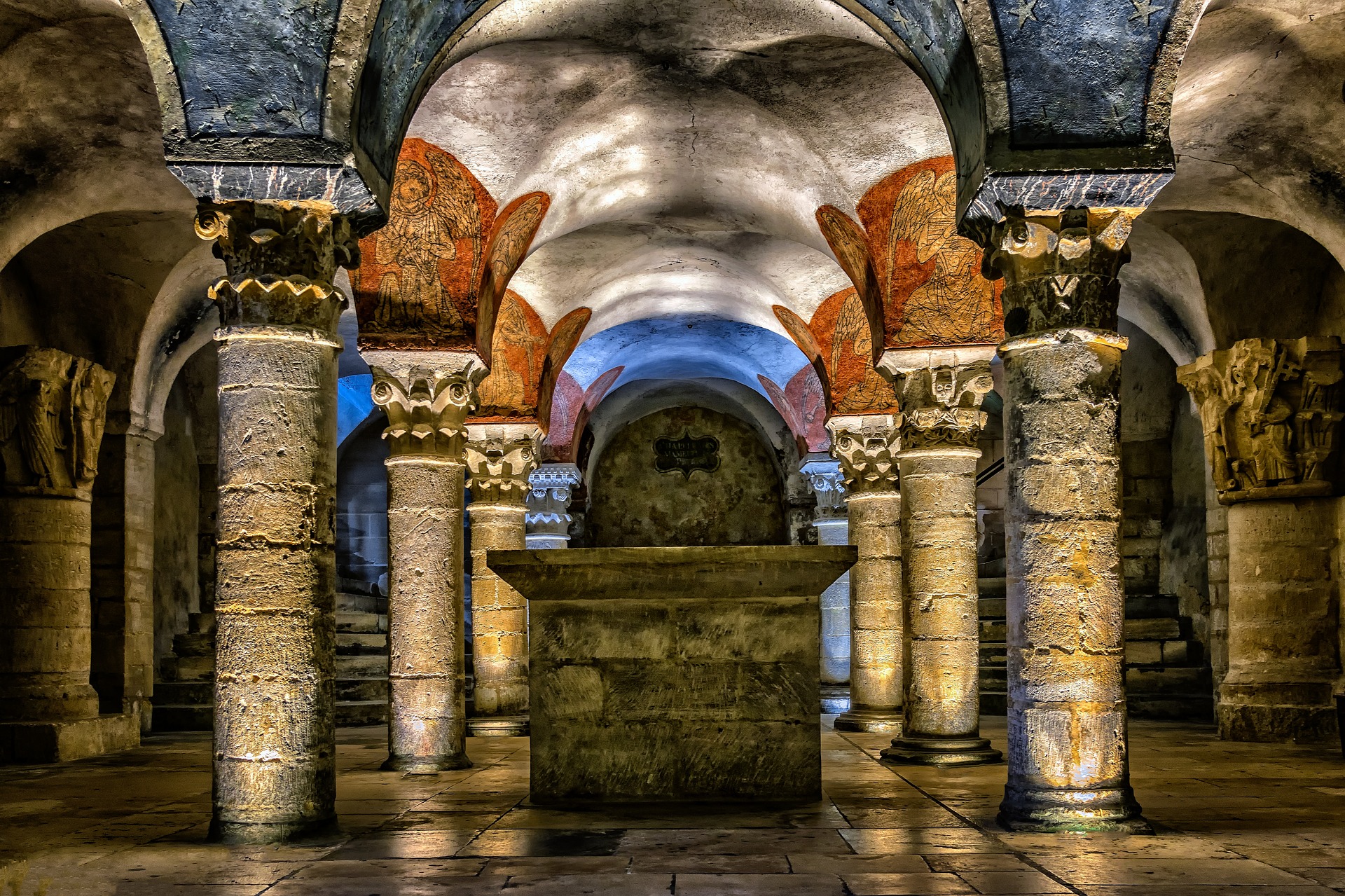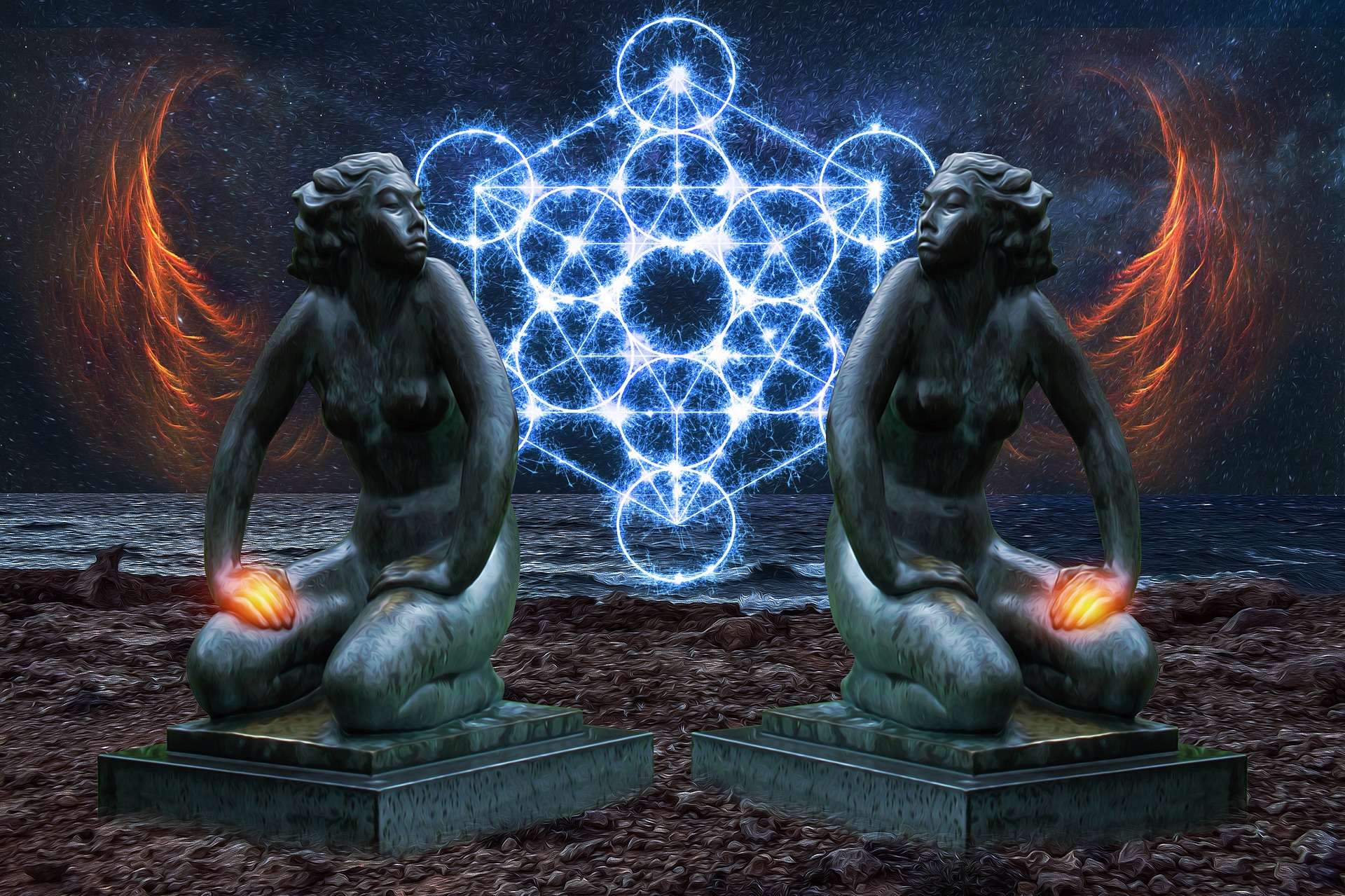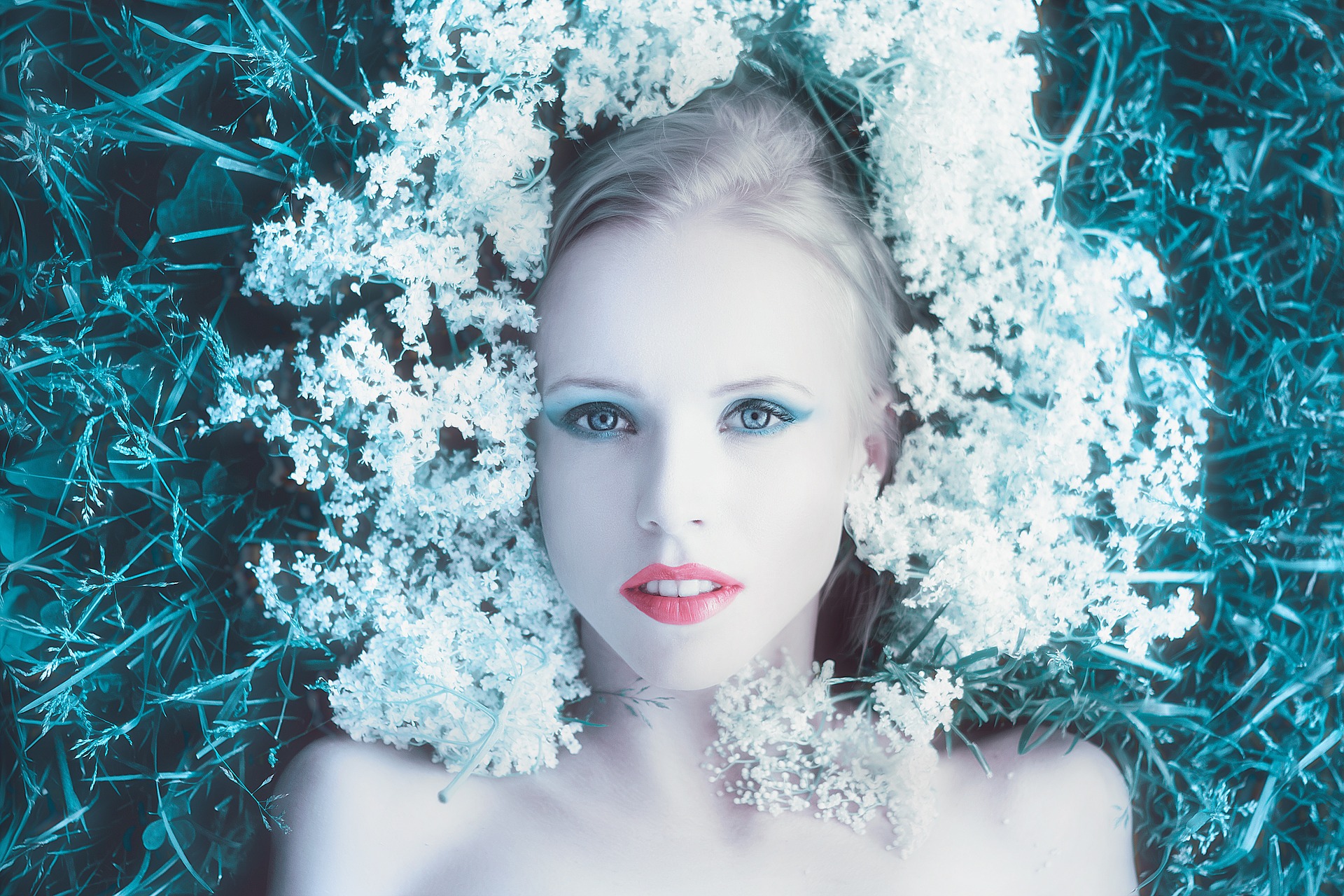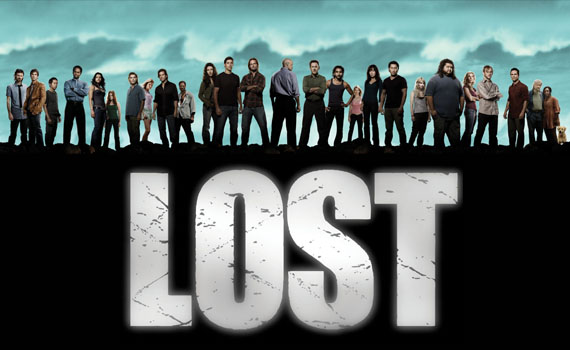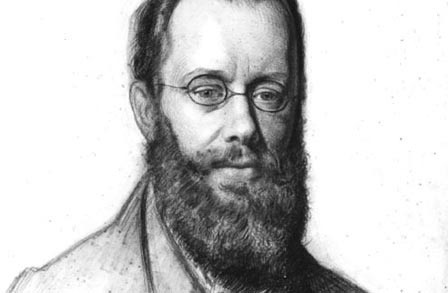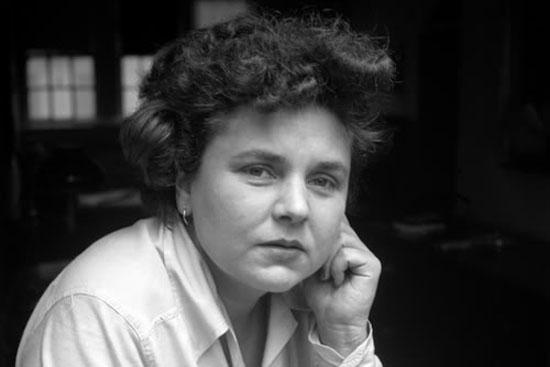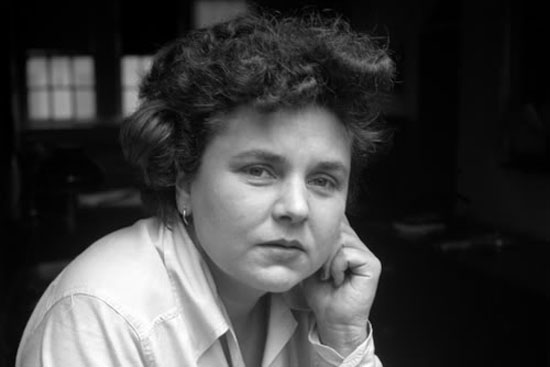Emily Dickinson- Known for her unusual life of self-imposed seclusion, Emily Dickinson (1830-1886) wrote poetry of power. She was one of the greatest poets of America. Born on 10 December, 1830 in Amherst, Massachusetts, Dickinson’s poetry was heavily influenced by the Metaphysical poets of seventeenth-century England, as well as her reading of the Book of Revelation and her upbringing in a Puritan New England town, which encouraged a Calvinist, orthodox, and conservative approach to Christianity.
Setting of Wild Nights-
The image of a wild night of passion is captured through the images sketched in the poem Wild Nights. It is a mental caricature of nights spent with the speaker’s lover and compares it with the beauty of heaven.
Poetic Devices in Wild Nights-
Metaphor:
“Wild nights”- night of passionate love making
“luxury”- sexual gratification
“…the Compass …the Chart”- the plan made
“heart in port”- lover’s embrace
“Rowing in Eden”- the height of pleasure
The second and third stanza is filled with ocean images and nautical terms as metaphors for the ardent experience felt in love making.
Anaphora:
Line 1-3- “Wild Nights—Wild Nights!”
Line 7-8- “Done with”
Style-
“Wild nights – Wild nights!
Were I with thee
Wild nights should be
Our luxury!
Futile – the winds –
To a Heart in port –
Done with the Compass –
Done with the Chart!
Rowing in Eden –
Ah – the Sea!
Might I but moor – tonight –
In thee!”
The typical rhyme scheme of Dickinson has been followed up in this poetry. The second and fourth lines of each stanza rhyme and in the second stanza the rhyme is a good example of a near rhyme. Dickinson liberally plays with the grammatical rules in her poem; using punctuation marks with all the liberty. The abstract images are linked with ocean and other nautical terms to create an intrigue design of lovers’ passion. Her poetry is compact and language is forceful. Substantial meanings are compressed into very few words through her aphoristic style. This poem is written as three stanzas with four lines in each. In the first stanza, each line contains four syllables. In the second, Dickinson switches it up by making the second and third lines made up of five syllables while the others have four. The third stanza has syllables five, three, four, four.
Summary of Wild Nights-
Dickinson begins the poem with the repetitive mention of the condition of the night as wild which when spent with her loved one becomes a luxury of passionate night. Unlike her other poems which are known for its metaphysical conceit, Wild Nights is erotic to an extent. As we move on to the second stanza images begins to get obscure. Though at first, one might feel the night to be unplanned for, the lines of the second stanza give the reader the image of a planned event. However hard things might get at the ocean of life, one shall find its way back to the port as long as a heart waits for at the port. The compass of love and the chart of compassion shall guide him unto her. The third stanza is entirely abstract. The poetess mentions about the sea in Eden. She might be pointing at the beauty of love making through the image of heaven. To experience the zenith of pleasure she is ready to go all the way through.
Critical Analysis of Wild Nights-
The poem contains no narrative plot and no particular tale. Through three short quatrains of irregular punctuation, there is an extended expression of union with lover. The storm raging in the beginning can be considered to be the one that is present inside the speaker’s mind as well as the one outside. A passionate night of indulgence and privilege with the lover brings about the storm of strong emotions. The luxury at the end of the stanza can be understood as the sexual gratification and lust.
In the second stanza, the poet speaks about the stability of love found even in the direst times. A heart waiting in the port shines so bright like a guiding light to her love that he no longer needs material things like compass or charts to direct him back home to his beloved. The wind shall haul in futile to take them apart for their love shall transcend all the obstacles thrown in their path. The voyage shall come to an end as it unites with the heart at the port.
Dickinson makes use of ellipsis in the third stanza making it obscure and incomplete, in a way leaving it at reader’s liberty to indulge and add the missing pieces. A sharp compression of articulation can be felt there. At the height of sexual gratification one finds the pleasure equivalent to that found in the gardens of heaven and once experienced the urge to feel it to its entirety creeps in. The sexual passion finds its place in the love life of the lovers.
Central Idea of Wild Nights-
Wild Nights is composed under the subject of love and passionate love making involved in the process. The bond between two lovers and their passion for one another is explicitly portrayed in the poem.
Tone of Wild Nights-
The poem is an expression of love, passion, and sexual desire. Through the usage of nautical images the poetess gives the reader a touch of the fleeting emotions involved in love.
The poetess uses an affirmative poetic tone in first person. The frequent usage of the first person gives her poems an intimacy and immediacy of the discourse. The conveying mode is highly subjective and based upon emotional experiences. The emphasis on subjectivity rather than rationality helps the readers to relate to the poem emotionally to a personal level in a quiet, grand and ominous manner.
Conclusion- Unlike her other poems Dickinson focuses on passionate love in this poem rather than the theme of seclusion. The poem is hopeful and filled with vibrant positive images of love, the power of love and unison through the same. The speaker is not lost, but finds herself in love. The desire is so strong and voluptuous that it guides even a lost love at sea back to the heart at the port. Being with the person whom you love brings about unimaginable joy into life and one needs to completely give oneself out to such a feeling to be felt in its entirety.
Some online learning platforms provide certifications, while others are designed to simply grow your skills in your personal and professional life. Including Masterclass and Coursera, here are our recommendations for the best online learning platforms you can sign up for today.
The 7 Best Online Learning Platforms of 2022
- Best Overall: Coursera
- Best for Niche Topics: Udemy
- Best for Creative Fields: Skillshare
- Best for Celebrity Lessons: MasterClass
- Best for STEM: EdX
- Best for Career Building: Udacity
- Best for Data Learning: Pluralsight



